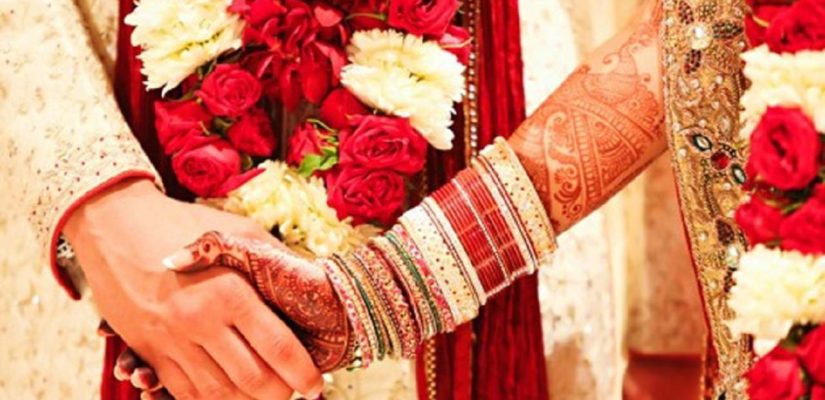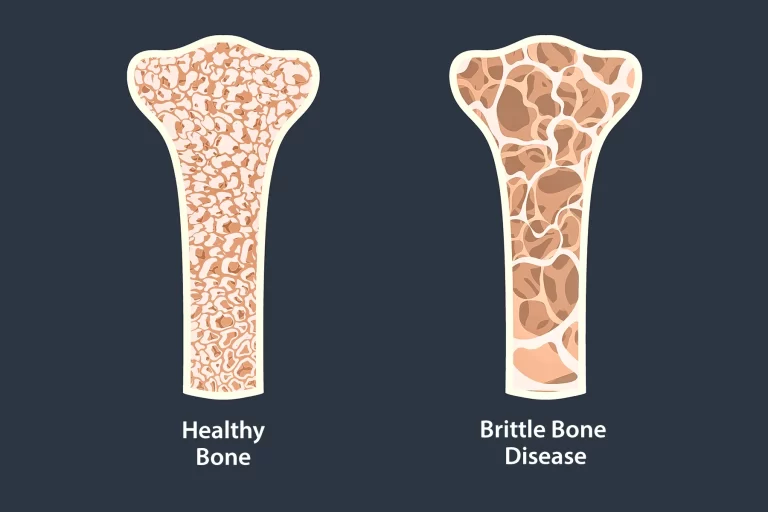
Origin of caste
Caste is not a wall of brick that one can break rather it is a state of mind which incorporate the faith and belief of people. Caste related atrocities will cease to exist if the practices such as inter-caste marriage and inter-caste dining becomes a common course. However targeting caste of people is like knowing the disease but taking the wrong medicine. Caste may be inhuman in nature in various situation but a person believes in his wrong doing not because he is ill or wrong headed but because he is deeply religious and is highly manipulated by the shashtras or holy text. In Vedic society,there existed four varna- Brahim,kshatriya,shudraand vaishya,based on the qualities one possess. The Vedic rituals encouraged the practice of all the groups eating together to promote harmony and brotherhood.It is only in the post Vedic period that Manu in his book ‘Manusmriti’ mentions and suggests to outcasts the lower stance of the social ladder, intercaste marriage were discouraged and the practice of endogamy (marrying among ones caste)was encouraged to maintain the purity of a social group of people. However do you see a problem in this? Well, the practice of discrimination on basis of ones caste was suggested by a non religious book and has no mention in the vedas, it is sad that the present “pseudo” religious men never decided to read the Vedic scriptures before fighting in name of religion.
Relevance
In India,falling in love outside the boundary of ones caste can be deadly.
22-years old V. Shankar, a young Dalit man,learned this fact at the cost of his life, when he was brutally murdered on a crowded road by in-laws.
Lives of countless Indian young men and young women have been destroyed because they have dared to love outside their caste and community. Among the world’s oldest forms of social stratification is the caste system with about 3,000 castes and 25,00 sub caste, based on a specific occupation. The practice of untouchability though held unconstitutional under article 17 of Indian Constitution, stills marks social life. Couples are focused to either marry in their caste or to fear for their lives. Several social activists such as Ram Mohan Roy,Mahatma Gandhi and Dr B.R Ambedkar have advocated intercaste marriage to eradicated social evils such as untouchability and caste related discrimination. Dr BR Ambedkar in his famous book ‘Annihilation of Caste’ has suggested inter caste marriage for eradication of untouchability and caste system in building a socially cohesive Hindu society required for national unity, integration and nation building.
Legality
The International Bill of Human Rights which include Universal Declaration of Human Rights 1948, and International Covenants on Civil and Political Rights and International Covenants on Economic, Social and Cultural Rights ratified by many democratic countries of the world have recognised right of man and women of marriageable age to marry and start a family as a basic human right which needs to be protected by the State.The preamble of Indian Constitution propagates the values of democracy, liberty, equality, fraternity and dignity while the fundamental rights and directive principles say right to marry is a component of right to life guaranteed under Article 21 as protection of life and personal liberty. The Special Marriage Act, 1954 and The Hindu Marriage Act, 1955 have no restrictions on inter caste and inter religion marriage. Given that the bridegroom must be at least 21 years old and the bride must be at least 18 years old with both having sound mental capacity to enter into marriage contract.
Recent Judgements
Justice N.Anand Venkatesh while hearing a plea from a couple, belonging to different class who married each other irrespective of the stern opposition from their families,held that since the couple have attain the age of majority, they have every right to take decisions relating to their lives. He noted that today’s generation is moving out of the ill-effects of caste system due to which the number of inter caste marriage are increasing. However given the current percentage of inter caste marriage is only 5%,the ‘numbers’ seems to differ from the words of Justice Venkatesh. While referring to the judgment of Supreme Court in Arumugam Servai v State of Tamil Nadu, Madras High Court passed an order which required the parents and relatives of the girl to show up for an enquiry and instructed them not to interfere with the married life to petitioner. If inspite the order,any threat is exerted, immediate action shall be taken against them. Similar judgement was passed in the case of Divya Gowri and Aara v The Commissioner of Police, where the court encouraged inter caste marriage and held that sufficient protection should be given to couples, who undergo inter-caste marriage.
The Supreme Court of India in its judgment on July 7, 2006 in case of Lata Singh v State of Uttar Pradesh states that, “This is a free and democratic country and once a person becomes a major, he or she can marry whomsoever she or he likes. If the parents of the boy and girl who do not approve the inter caste marriage or inter religion marriage, they cannot harass, threaten or commit or instigate acts of violence on people who decide on for marriage”.
Conclusion
As earlier stated, no Vedic text suggests or promote the concept of discrimination on basis of caste, however one can find reference to such concepts through stories of Eklavya and Karna, where they were discriminated because they belonged to the lower part of the social ladder. Though the problem of caste discrimination and untouchability has been deeply rooted in our society, intercaste marriages can be viewed as a tool to root out the caste system.
Author: Shambhavi Verma


